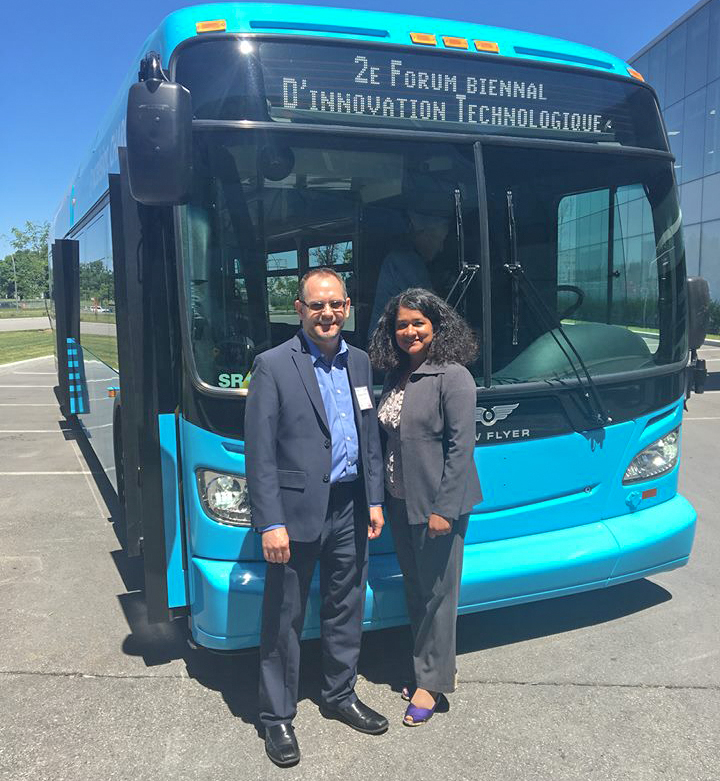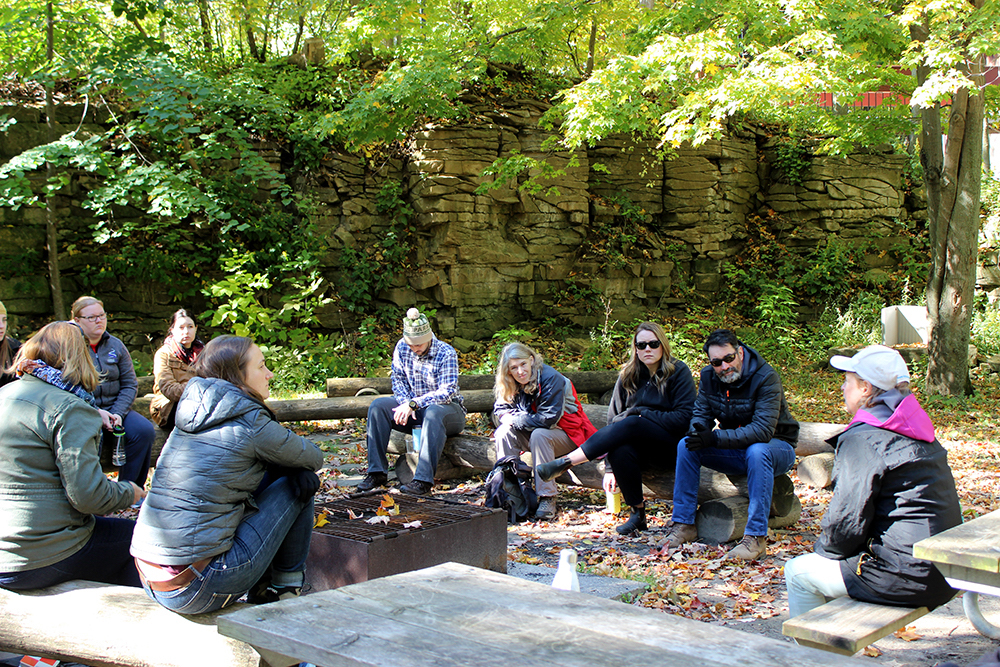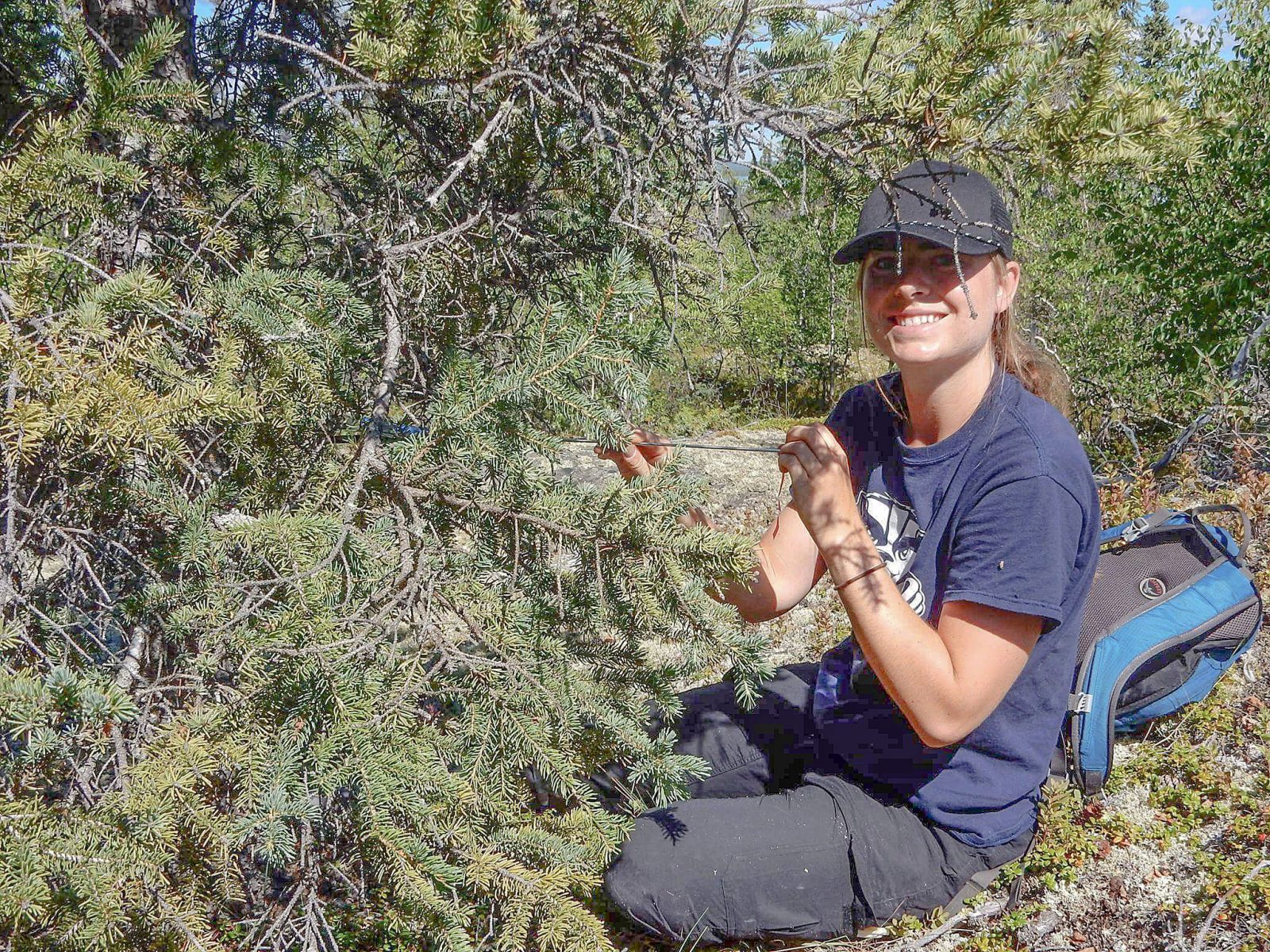Blog Contributor: Noah Nickel

Jocelyn Baker, Master of Sustainability Candidate.
We wanted to check in with our SSAS Students to see how their co-op work terms were going this summer, and what exactly it is that they were up to. In their own words, here is what they are doing!
For her co-op work term this summer, Masters of Sustainability Candidate Jocelyn Baker is working with the Niagara Restoration Council in collaboration with the Niagara Peninsula Conservation Authority on the finalization of the procedural process for securing a global wetland designation for the Niagara River Corridor called a Ramsar designation.

A call for photos of the Lincoln Shoreline from Meredith DeCock, Master of Sustainability Candidate.
Master of Sustainability Candidate Meredith DeCock is in the thesis stream of the program and is spending her summer working on her thesis research and data collection. “My name is Meredith DeCock. My thesis research is focused on using historical photographs to help us tell the story of the evolution of the Lincoln coastline over time. I have made a few trips out to the shoreline to get a better sense of the system. The other day I went out to 16 Mile Creek with a local resident Brian Jaworsky, who photographed our kayak trip. The shoreline analysis will reveal areas and time frames of the shoreline where there was a higher change rate. From there I will look at climatic and non-climatic data to help provide a possible explanation of why some of these changes may have occurred. In addition, I am just getting ready to launch my call for photographs to the public! This is an opportunity for the community to participate in the research project by submitting historical photographs of the shoreline that I will then replicate to create photograph comparisons along the shoreline.“

Master of Sustainability Candidate, Connor Thompson, pictured left.
For Master of Sustainability Candidate Connor Thompson this summer has included a work placement in Toronto with the Great Canadian Shore Cleanup. “I’m a co-op student working as an Educator with the Great Canadian Shoreline Cleanup, a national conservation partnership by Ocean Wise and WWF-Canada. My primary job is to engage in outreach at local events. We’ve set up tables, and in one case gave a speech, at farmers markets, delivered programming to youth summer camps, and I’m on my way down to West Virginia to present and facilitate discussion at World Scout Jamboree. We’ve been told that there will be around 50,000 Scouts age 14-17 from around the world in attendance.” – Connor Thompson

Master of Sustainability Candidate, Emma Baker.
Another Master of Sustainability Candidate, Emma Baker, was successful in securing a unique co-op experience in Hamilton. “My name is Emma Baker. My research is in urban water resilience and policy, but currently I am in co-op as the Camp Director at the Royal Botanical Gardens Discovery Camp in Hamilton, Ontario. The RBG Discovery camp is a nature-based camp for children ages 3-15, where we see approximately 1,800 campers through the summer. We emphasize experiential, outdoor learning and write our programs to focus on various elements of environmental education, biodiversity and conservation. Some of our weekly themes include dendrology, ethology, geology and ornithology as well as developmental aspects of leadership, communication and creativity. I absolutely love the time I have spent at camp with the campers and staff and think the RBG’s mission,connecting people, plants and place for the purpose of nurturing and preserving healthy growing life on our planet,perfectly aligns with why I am pursuing further education.”

Master of Sustainability Candidate, Jessica Zugic, completing field work.
Lastly, summer for Master of Sustainability Candidate Jessica Zugic has included thesis research. Jessica recently completed her field work at a red pine plantation in the St. Williams Conservation Reserve, where she and several field assistants collected tree core samples from 600 trees. The goal of this research is to determine how carbon sequestration has changed over time as well as in response to a harvesting technique called variable retention harvesting. Currently, she is working to process and analyze these cores in Brock’s Water and Environment Lab under the supervision of Dr. Michael Pisaric.












